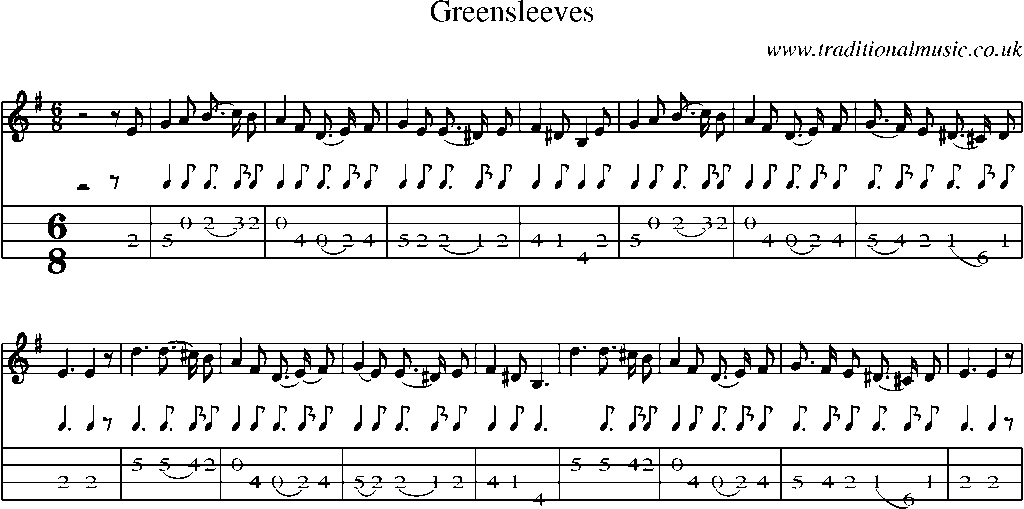I wanted to acknowledge that fact on Early Music Sunday, but for a while I just couldn’t find a piece of early music that seemed right. I considered the Epiphany section of Bach’s Christmas Oratorio, but it’s over 20 minutes long & as far as I can tell, one would have to embed three videos to get all 11 movements. So it just seemed unwieldy for a humble blog post.
Then I stumbled across a video of Jordi Savall & Rolf Lislevand performing “Greensleeves,” & it struck me as somehow perfect, because the tune is associated with Christmas through the carol, “What Child is This,” but also is an interesting piece of music in itself that dates to the 16th century (as the Wikipedia article points out, this tune has been associated with various Christmas season lyrics all the way back to the 17th century.) The Savall video describes Greensleeves as a “ground,” which Wikipedia defines as follows:
Ground bass or basso ostinato (obstinate bass) is a type of variation form in which a bassline, or harmonic pattern (see Chaconne; also common in Elizabethan England as Grounde) is repeated as the basis of a piece underneath variations.
Wikipedia goes on to compare “Ground bass” with riffs that are repeated by a jazz rhythm section while the soloists improvise on the main melody or “head.” It’s a similar idea, & both Renaissance & Baroque music were frequently improvisational.
Jordi Savall is familiar to folks who follow early music—he is a virtuoso on the viol (in all its various sizes), & he & his late wife Montserrat Figueras founded such seminal early music groups as Hespèrion XX, La Capella Reial de Catalunya, & Le Concert des Nations. Rolf Livesland is a lutenist who is a frequent collaborator with Savall; he he provides the bass accompaniment on the theorbo.
Enjoy!
Image showing the melody line to “Greensleeves” links to its source at traditionalmusic.co.uk. Mandolin tab, too, so you mandolinists get busy with that!

Heh, heh! If I still had a mandolin I'd take you up on that! Although I never had mine tuned to standard violin tuning but to an open, dulcimer-style tuning taught to mt by a guy who played Irish bouzouki, which is tuned similarly. I'm told that open tuning is pretty much standard among Appalachian players; I'll have to watch Del McCoury's fingers the next time I see a video of him!
ReplyDeleteHi Roy: So you tuned it AADDAADD? I know the dulcimer is tuned something like that (fewer strings), & the Greek 6-string bouzouki I know was traditionally tuned DDAADD before the Irish got a hold of it & added a string & changed the tuning. Interesting; had not heard of that one, but I'm very far from an expert on mandolin.
DeleteI'm always amazed how some tunes get lodged in the human mind for centuries. Greensleeves is one such. It's one of the most exciting things about making up music, that what you're about to think up -regardless, in a way, of "quality"- just might be whistled over and over again for hundreds of years and, if so, used in all sorts of unimaginable contexts.
ReplyDeleteHi Dominic: It really is one of those handful of "ur-melodies," isn't it? Perhaps the secret is to compose something that can be played either in the Aeolian or the Dorian mode!
Delete